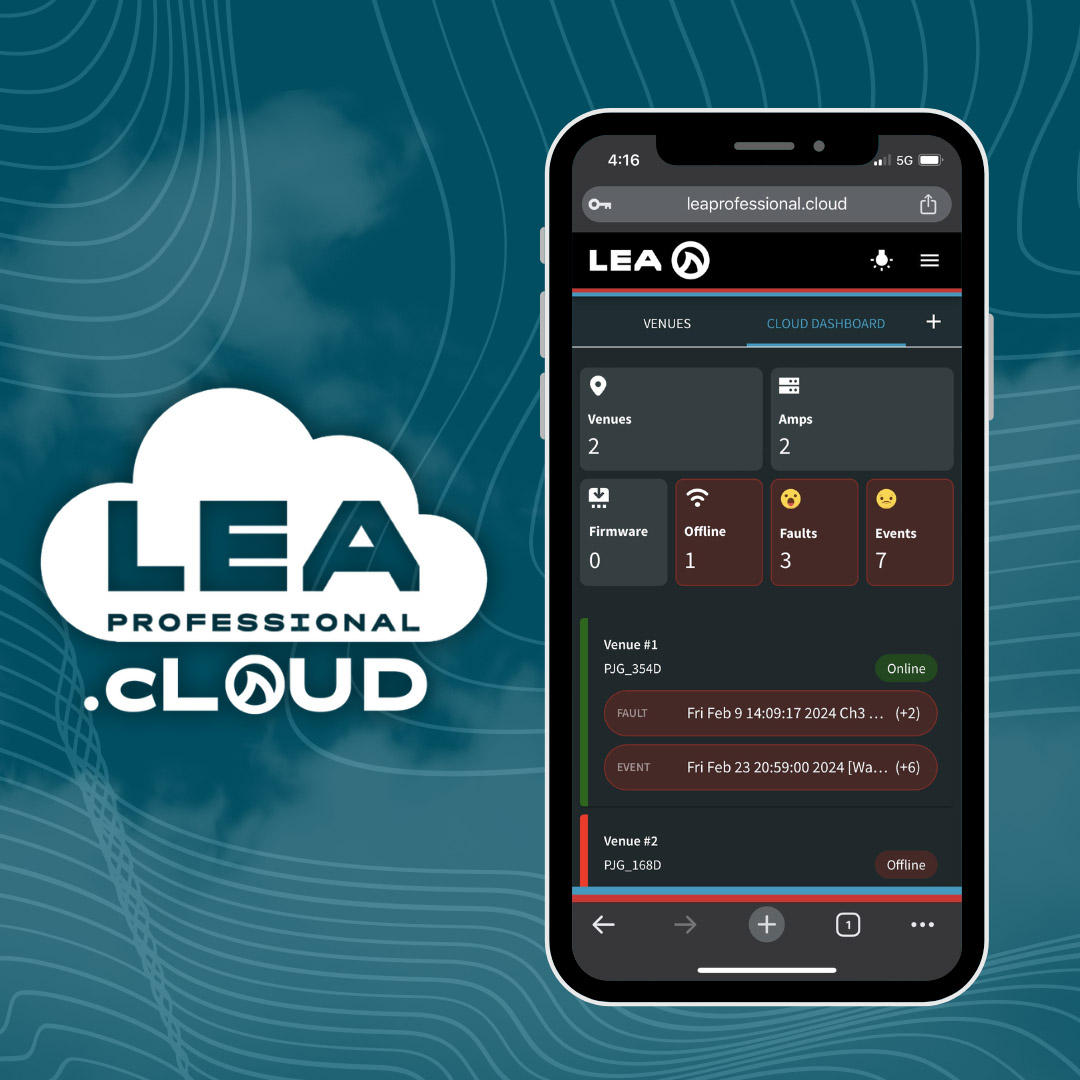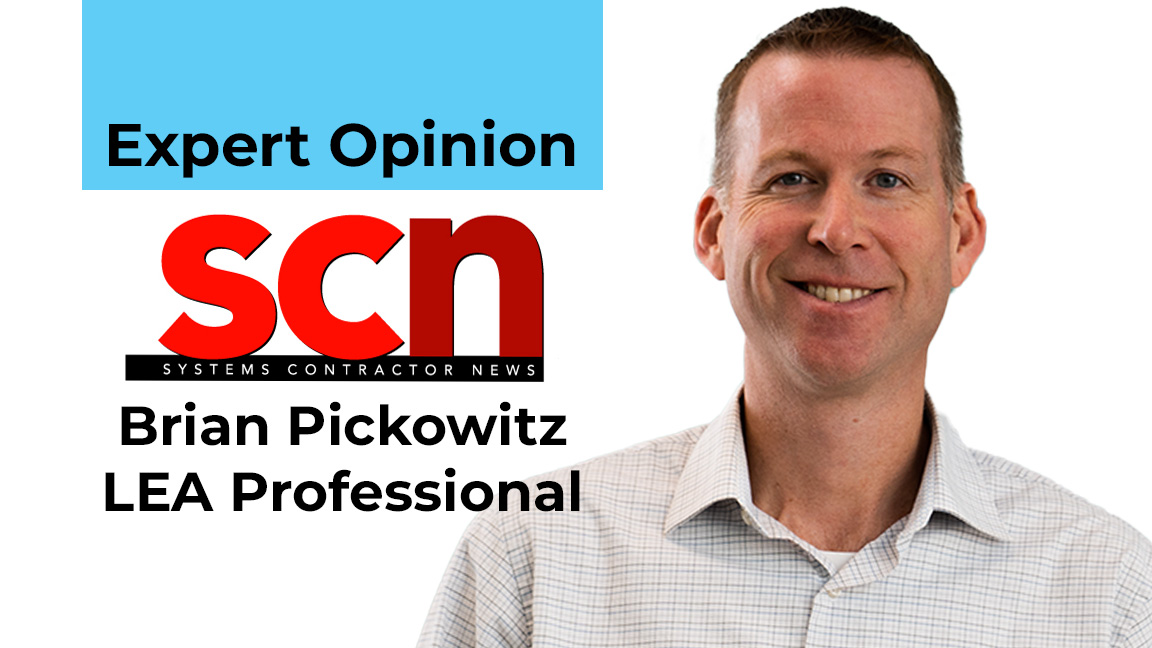Pro AV is moving to the cloud … albeit slowly. However, not all cloud providers are equal in abilities, technical services, or global coverage. The range of services and features cloud platforms provide can vary widely, with some providers offering a comprehensive suite of integrated solutions, while others focus on specific niches or specialties.
[Cloud Power: The Evolution of Virtualized Production]
Integrators and manufacturers must carefully assess their requirements for computing, storage, networking, security, and other services—and select a cloud provider that can meet their needs effectively. Factors such as service level agreements (SLAs), customer support, pricing models, and ecosystem partnerships can also influence the suitability of a cloud provider for specific use cases and workloads.
Understanding Scale
Cloud infrastructure allows AV integrators to scale their resources up or down based on project demands. Whether they're handling a small installation or a large-scale deployment, integrators can quickly adjust their computing power, storage capacity, and networking resources to meet the needs of each project without investing in additional hardware or infrastructure.
Integrators can set themselves apart by embracing cloud solutions and building a reputation for cloud experience.
Elasticity is the ability to automatically scale resources up or down based on demand. Cloud platforms provide elasticity through features like auto-scaling, which adjusts the number of instances based on predefined metrics such as CPU utilization or incoming traffic. This dynamic scaling ensures optimal resource utilization and cost efficiency, as resources are only provisioned when needed.
Cloud infrastructure can also be scaled vertically or horizontally. Vertical scalability involves increasing the capacity of a single server or virtual machine (VM) by adding more resources such as CPU, RAM, or storage. Horizontal scalability involves adding more instances of servers or VMs to distribute the workload across multiple machines. Technologies like load balancers distribute incoming traffic across multiple instances, ensuring efficient resource utilization and high availability.
Updates and Security
System updates to cloud platforms are crucial for maintaining the infrastructure's security, performance, and reliability. While services vary depending on whether you’re using private or public infrastructure, many cloud providers offer some form of automated updates to prevent VMs from getting out-of-date with patches and, therefore, becoming vulnerable to attacks or performance degradation. Streamlining the process of applying patches and updates also helps ensure all instances in a distributed environment remain in sync regarding applied fixes and minimizes service disruptions.

Rolling updates are also popular for many customers, which involves updating components in a phased manner rather than all at once. Rolling updates minimize downtime by updating one component at a time while ensuring the system remains available and responsive. AV integrators should discuss options for keeping infrastructure updated when interviewing potential cloud providers for future projects.
A significant aspect that separates cloud infrastructure is the underlying architecture and technology stack employed by different providers. While some cloud providers may utilize proprietary technologies and architectures, others may adhere to open-source standards and embrace interoperability with third-party tools and services. The choice of architecture can have profound implications for factors such as performance, compatibility, and vendor lock-in.
Another critical consideration is the geographic reach and availability of data centers offered by cloud providers. Not all providers have an equally extensive global footprint, and the proximity of data centers to end users can significantly impact latency, data sovereignty, and regulatory compliance. Organizations with specific geographic requirements or performance expectations must carefully evaluate the cloud providers' coverage and distribution of data centers to ensure optimal service delivery.
Cloud providers invest heavily in robust security measures to protect their infrastructure and data centers from cyber threats and unauthorized access. By leveraging cloud security services and best practices, AV integrators can enhance the security posture of their solutions and better protect sensitive customer data and intellectual property.
Options and Operational Costs
Cloud-based collaboration tools enable AV integrators to collaborate with clients, team members, and partners from anywhere in the world. Whether sharing project files, collaborating on design plans, or remotely monitoring client systems in real-time, cloud-based collaboration platforms facilitate seamless communication and collaboration, streamlining project workflows and improving efficiency.
By migrating to the cloud, integrators can reduce upfront capital expenditures on hardware and data center infrastructure. Instead, they can leverage pay-as-you-go pricing models and only pay for the resources they consume, resulting in cost savings and improved financial flexibility. Plus, cloud-based solutions eliminate the need for ongoing maintenance and upgrades, further reducing operational costs.
[SCN Hybrid World: Out of Sight Sound]
Cloud infrastructure also allows AV integrators to deploy and provision resources quickly and easily. Instead of waiting for hardware to be purchased and installed, integrators can spin up virtual machines, storage volumes, and networking resources in minutes, accelerating project timelines and improving time-to-market for their solutions. Integrators can also monitor cloud-based systems from anywhere, allowing them to monitor and troubleshoot or fine-tune settings without having to travel onsite.
As with many things in business, integrators can set themselves apart by embracing cloud solutions and building a reputation for cloud experience. Having a collection of case studies that prove their cloud credibility can go a long way toward building customer confidence in the proposed solution—and the integrator partner behind it. Much like integrators had to embrace IT technology and learn new skills during the digital adoption, a similar evolution will be required to become subject matter experts in cloud offerings. So start early.
A Case Study in Coffee
How can a cloud-based system improve Pro AV workflows? One real-world solution can be found in a growing chain of specialty coffee shops. Nashville-based Barista Parlor has a unique atmosphere at each of its locations. In its Indianapolis shop, which opened in 2023, music is delivered straight from the source—a classic record player. This unique method of entertainment required an equally unique sound system for support.

Barista Parlor favors a handmade approach to its décor and (now) audio systems. This made Joseph Hazelwood, founder of Hazelwood Laboratories, an ideal match as the integrator on the project, as he specializes in handcrafted technology. Hazelwood, in turn, recruited LEA Professional for the audio technology required for the unique needs of the location.
Hazelwood specified the Network Connect Series 702, 2-channel amplifier with 700 watts per channel, and worked with the LEA Cloud to deliver quality audio that can be controlled locally or remotely. The CS702 is an Internet of Things (IoT)-enabled amplifier, allowing Hazelwood to log in from Nashville to troubleshoot issues or adjust the audio system. LEA Cloud offers open API protocols, allowing him to develop equipment around its platform and build a system that fits Barista Parlor’s needs.
[LEA Professional Amps Up Rhode Island Restaurant]
The status quo is always a moving target in Pro AV, and nowhere is that more true than the advancement of cloud-based offerings. Cloud infrastructure will continue to drive innovation, agility, and competitiveness in today's Pro AV landscape. Remote monitoring systems offer significant benefits to integrators in supporting customer systems and even providing the potential for new income streams through support contracts. By embracing cloud technology, integrators can streamline their operations, deliver innovative solutions, and stay competitive in today's dynamic AV market.
Virtualization of hardware and software emulation can enhance capabilities and system longevity, but it’s not without risk. While cloud infrastructure offers numerous benefits, it's essential to recognize that not all providers and offerings are equal. Integrators and manufacturers must carefully evaluate factors such as underlying architecture, geographical reach, available services, and support options to effectively select a cloud provider that aligns with their requirements and objectives.

